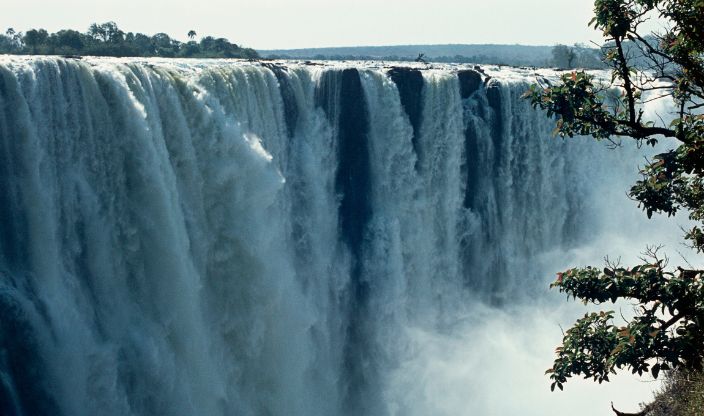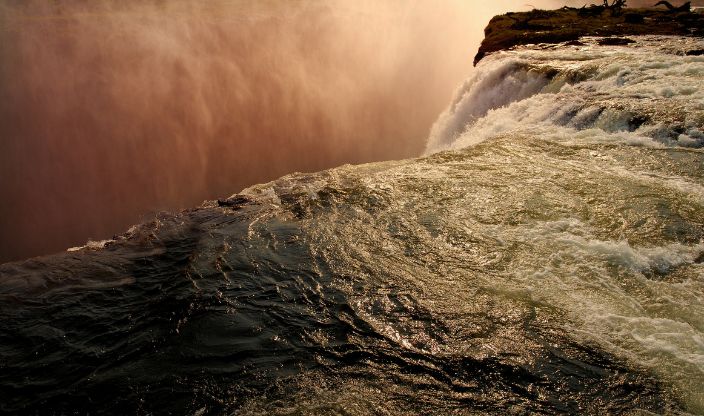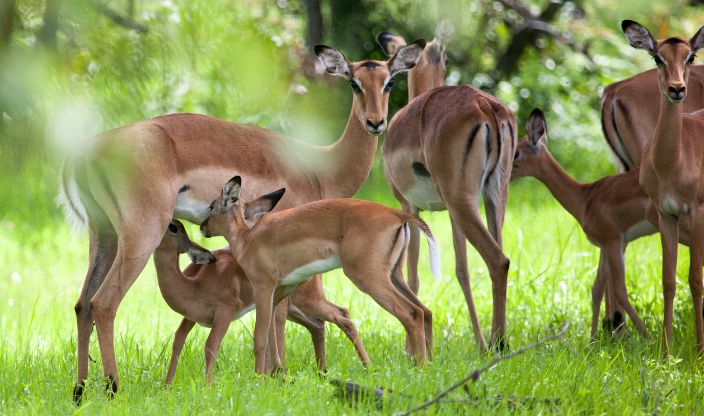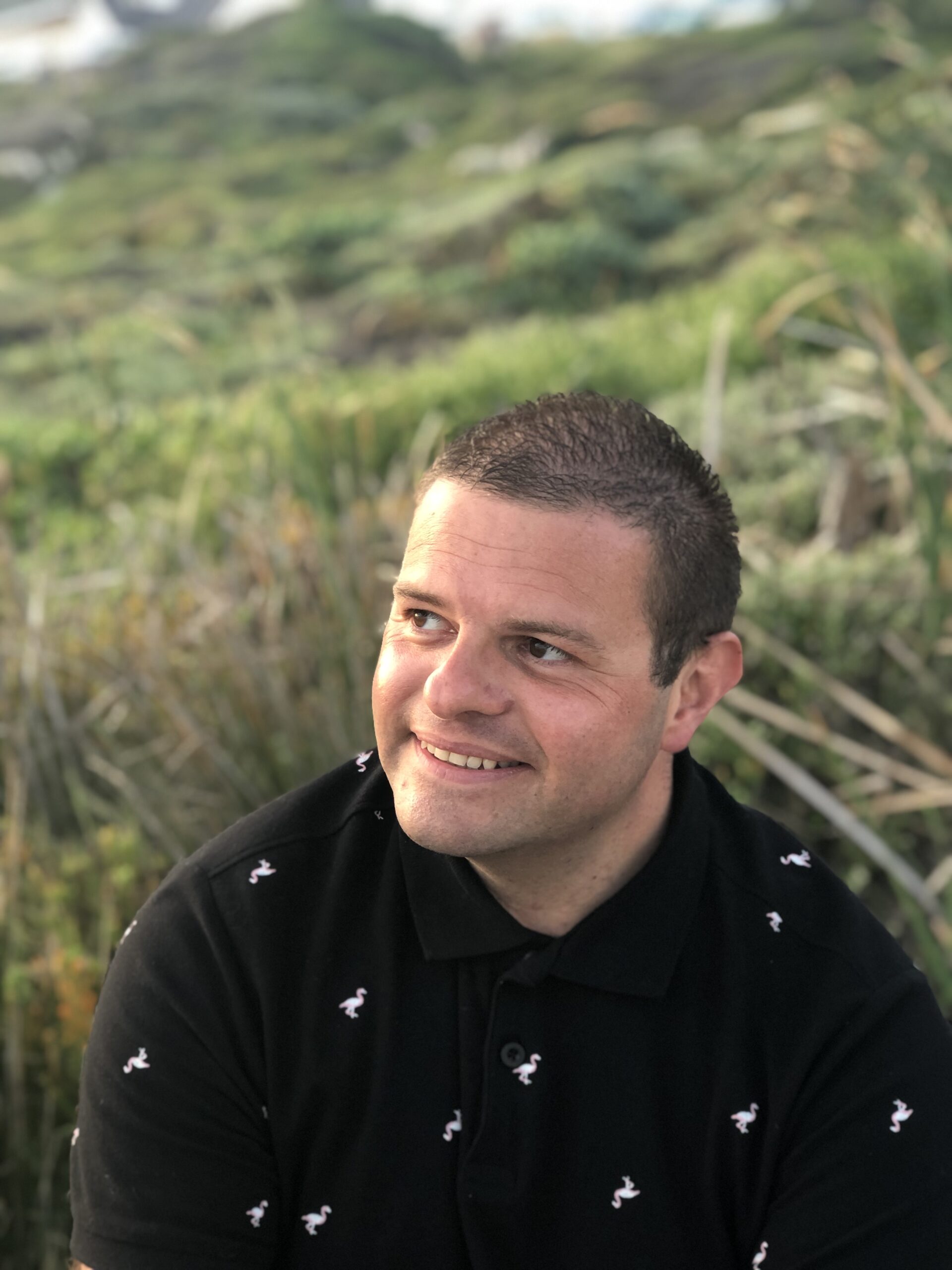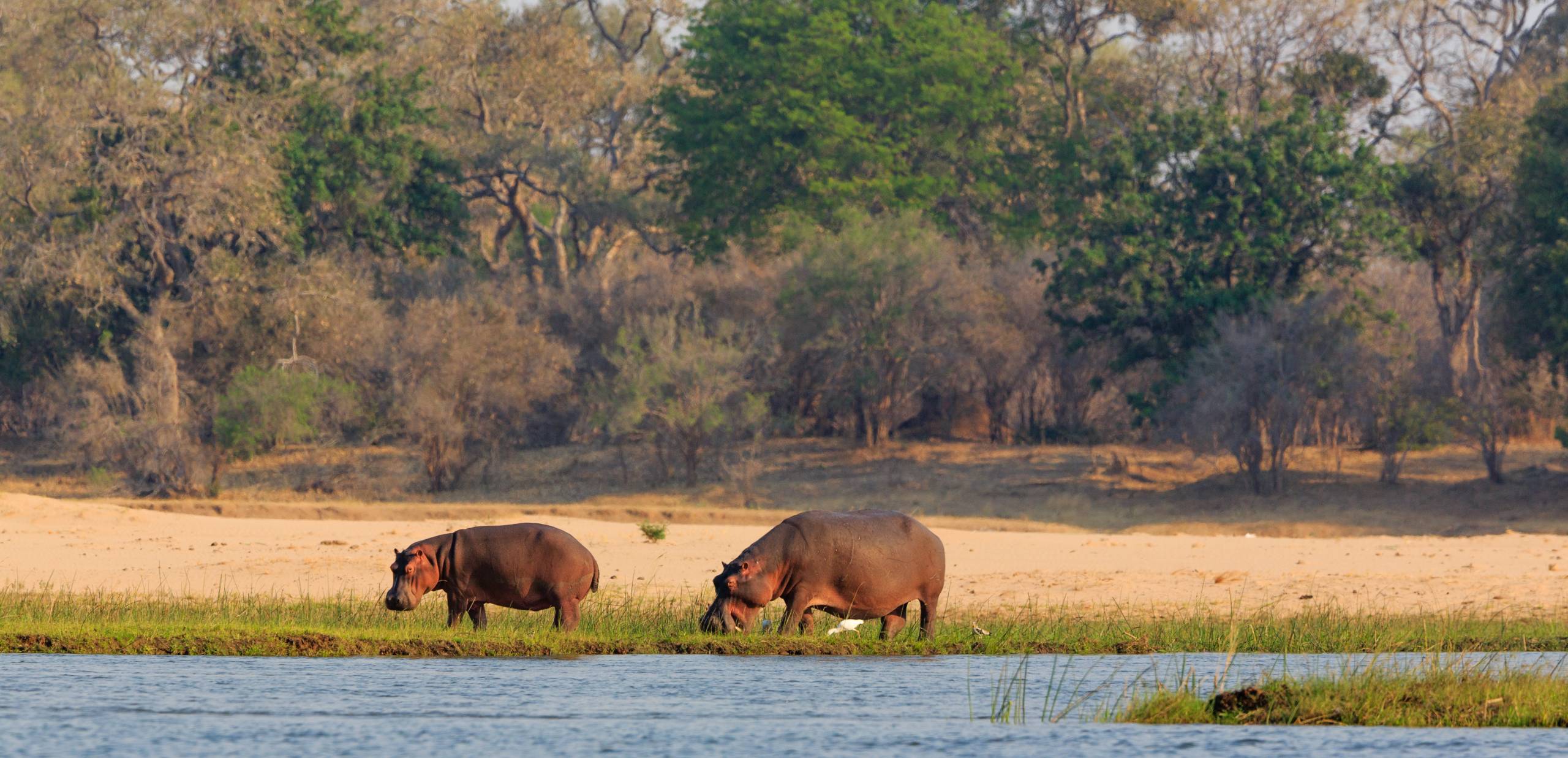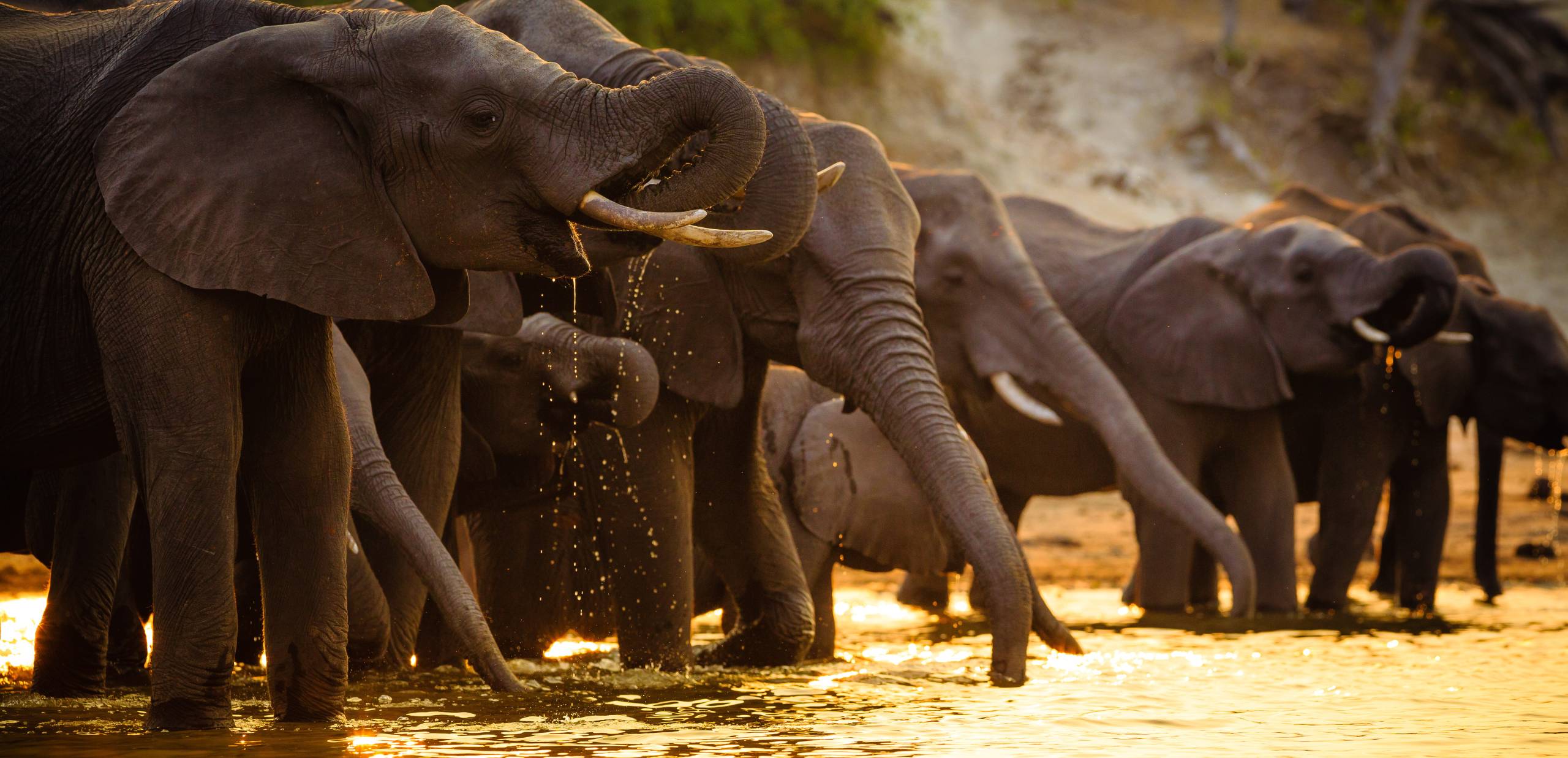Introducing Zambia
Zambia is a breathtakingly gorgeous country with the biggest waterfall in the world and a plethora of wildlife (1/3 of the land is comprised of national parks and game reserves). Zambia has quickly become the ideal location for safaris. Unlike other safari destinations, it offers a more authentic, unadulterated, and uncommercialized experience than its bordering countries, which opens up many opportunities for unique vacations.
With wildlife reserves and 19 national parks, game drives, walking or paddling safaris, and stunning scenery in Victoria Falls, there is much to discover and appreciate in this spectacular natural wonder.
Zambia is surrounded by a sizable number of nations and is located in the middle of southern Africa. With Angola to the west, Namibia, Botswana, and Zimbabwe to the south, Mozambique, Malawi, and Tanzania to the east, and the Democratic Republic of the Congo to the north, it is a landlocked nation. Zambia has an area of 752,614 square kilometres (290,586 square miles) and has an area greater than that of Texas. Zambia is now the world’s 39th-largest by size.
Lusaka, which is in the country’s south-central region, serves as the capital of Zambia (470km from Livingstone town).
Zambia is best visited between June and November, when it’s their driest season. The nights are mild, the days are scorching, and the skies are crystal clear blue. Across the nation, temperatures during these months might range from 23°C to 36°C. There are lots of chances to see wildlife during this time of the year also.
Maize (corn), which is main ingredient of many foods in Zambia, is consumed in a variety of ways by Zambians. You can roast or boil corn when it’s mature but still green. You can fry or boil it when it’s dry and hard. While visiting Zambia, you really must sample nshima, ifinkubala (caterpillars), chikanda (polony), ifishashi (peanuts and rapeseed), and fish. Zambia’s main source of carbohydrates is nshima. It is created from corn that has been transformed into “mealie meal,” a fine, white powder. It is prepared by combining the cornmeal with water that has been heated to a boil. A protein (often meat or fish) and one or two vegetables are served with nshima. Another key dish is ‘ifinkubala‘ (caterpillars), frequently served with tomatoes and onions along with nshima and either fried in oil or briefly boiled before being fried in oil. Michopo, another favourite, is roasted beef that is typically grilled. This is usually prepared with potatoes, onions and tomatoes.
Although the Khoisans were the first people to live in Zambia, the Bantu (mostly Tonga) culture is the one that is most noticeable in Zambia. The British and Portuguese arrived in the region by the 18th century, and remnants of these imperial eras can still be found in the historic architecture. Before the 18th century, when Portuguese and Arab merchants began to appear and Manuel Caetano Pereira became the first known European visitor, these communities had no contact with anybody outside of Africa. The renowned David Livingstone was the first Briton to set foot in Zambia. He began exploring the upper Zambezi River in 1855 and found the Mosi-oa-Tunya cascade, renaming it Victoria Falls and giving the city of Livingstone his name.
The Bantu people, especially the Tonga, have done a fantastic job of retaining their native culture. Baskets, fabrics, mats, woodwork, ivory, and copper are still examples of arts and crafts. The rituals and music, which is based on drums, are where the traditional history is most active. The Likumbi Lya Mize in August is the ideal time to experience Zambian culture.
One of the seven natural wonders of the world, Victoria Falls, also known as Mosi-oa-Tunya (the smoke that thunders), is the largest waterfall in the world and spans the Zambezi River between northern Zimbabwe and southwestern Zambia. Stay at the adjacent town of Livingstone, which has been dubbed the “tourism capital of Zambia” and experience its charming colonial history. There are a few upscale hotels, a small international airport, and a Livingstone Museum jam packed with artefacts related to the explorer.
Take the family to see the Zambezi, Africa’s fourth-largest river. White-water rafting, river boarding, bungee jumping, and canoe safaris are among the thrilling activities available. Discover Zambia’s spectacular birdlife as well as Africa’s big five (elephant, lion, leopard, rhino, and buffalo). Lochivar in the south is a top bird sanctuary with over 400 distinct species, including wood ibis, crested cranes, huge shoe-bill storks, and even small bee-eaters.
Visit Kafue National Park, which is less than two hours away from Lusaka and is Zambia’s biggest and most accessible wildlife park. It is well-known for being a destination to observe the Busanga Plains’ tree-climbing lions, and it’s the only reserve in Zambia where you can watch cheetahs.
Recommended Zambia Specialists
Top Locations in Zambia
